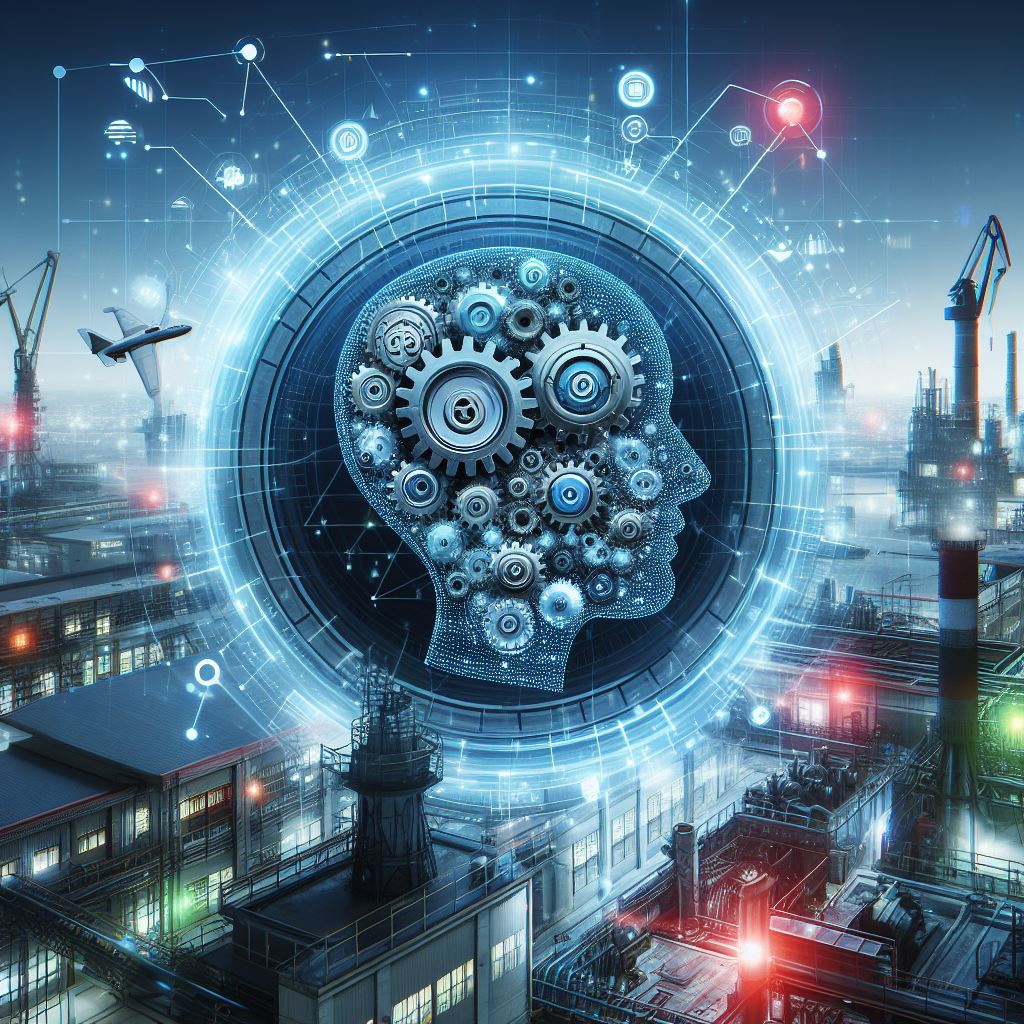Introduction:
When it comes to industrial operations, ensuring that equipment functions smoothly is absolutely essential. Any downtime or malfunction can result in significant losses in productivity and revenue. To mitigate such risks, predictive maintenance has emerged as a vital strategy, employing advanced technologies like machine learning to anticipate potential issues before they become major problems. In this article, we delve into the pivotal role that machine learning plays in predictive maintenance for industrial equipment, aligning with the evolving landscape of maintenance practices.
Understanding Predictive Maintenance:
Traditionally, maintenance strategies were reactive or preventive, with repairs conducted either after a breakdown occurred or at predetermined intervals. However, these approaches often led to unnecessary maintenance or unforeseen failures. Predictive maintenance, on the other hand, utilizes data-driven insights to anticipate equipment failures, enabling proactive interventions. By analyzing historical data, monitoring real-time equipment parameters, and applying advanced algorithms, predictive maintenance empowers industrial facilities to optimize maintenance schedules, reduce downtime, and enhance overall operational efficiency.
The Integration of Machine Learning:
At the heart of predictive maintenance lies machine learning, a subset of artificial intelligence that enables systems to learn from data patterns and make predictions or decisions autonomously. Machine learning algorithms excel at processing vast amounts of data generated by industrial equipment, identifying subtle patterns indicative of impending failures. These algorithms continuously adapt and improve their predictive accuracy over time, making them invaluable assets for predictive maintenance initiatives.
Data Acquisition and Preprocessing:
Effective predictive maintenance relies on the availability of high-quality data from various sources within the industrial environment. Machine learning algorithms ingest sensor data, equipment logs, maintenance records, and other relevant information to develop predictive models. However, raw data often contains noise, inconsistencies, and outliers that can hinder the performance of machine learning algorithms. Preprocessing techniques, including data cleaning, normalization, and feature extraction, are employed to refine the data and enhance its suitability for predictive analysis.
Feature Engineering and Model Development:
Feature engineering plays a crucial role in predictive maintenance, where meaningful features or variables are extracted from the raw data to train machine learning models effectively. These features encapsulate insights into equipment behavior, performance trends, and potential failure modes. Machine learning models, ranging from traditional regression algorithms to sophisticated deep learning architectures, are then trained on historical data to predict equipment failures. The choice of model depends on factors such as the complexity of the equipment, the availability of data, and the desired predictive accuracy.
Real-Time Monitoring and Anomaly Detection:
Once deployed, predictive maintenance systems continuously monitor equipment in real-time, capturing deviations from normal operating conditions. Machine learning algorithms excel at anomaly detection, flagging unusual patterns or behaviors that could signify impending failures. By leveraging anomaly detection techniques, industrial facilities can preemptively intervene, scheduling maintenance activities before critical failures occur. Moreover, machine learning algorithms can prioritize maintenance tasks based on the severity and likelihood of potential failures, optimizing resource allocation and minimizing downtime.
Continuous Improvement and Adaptation:
The effectiveness of predictive maintenance hinges on the ability of machine learning models to adapt to evolving operational dynamics and changing environmental factors. Continuous feedback loops are established, enabling models to learn from new data and refine their predictive capabilities. As equipment undergoes wear and tear, operational conditions fluctuate, or new failure modes emerge, machine learning models evolve accordingly, ensuring sustained reliability and performance.
Industrial Applications and Benefits:
The application of machine learning in predictive maintenance spans across various industrial sectors, including manufacturing, energy, transportation, and healthcare. From predictive maintenance of manufacturing machinery to the monitoring of critical infrastructure components in smart cities, machine learning enables organizations to optimize asset management, reduce maintenance costs, and enhance safety and reliability. By harnessing predictive maintenance capabilities, industries can unlock unprecedented levels of efficiency, resilience, and competitiveness in today’s dynamic business landscape.
Conclusion:
In conclusion, machine learning stands as a cornerstone in predictive maintenance for industrial equipment, revolutionizing maintenance practices and reshaping operational paradigms. By harnessing the power of data-driven insights and advanced algorithms, predictive maintenance empowers organizations to proactively address equipment failures, minimize downtime, and maximize operational efficiency. As industries continue to embrace digital transformation, machine learning will continue to play a pivotal role in shaping the future of maintenance strategies, driving innovation, and unlocking new frontiers of reliability and performance.
Thank you for reading.
